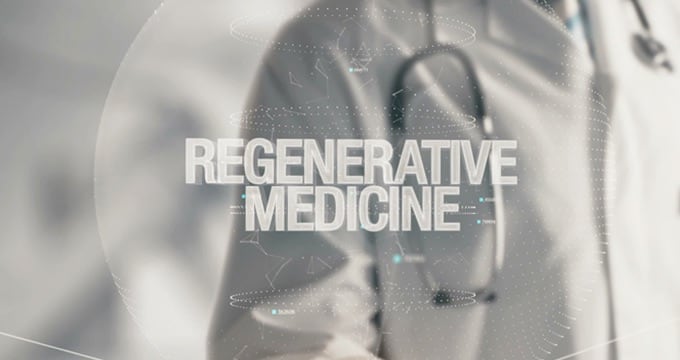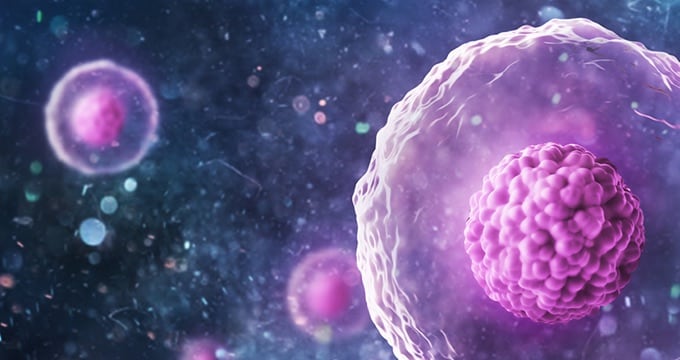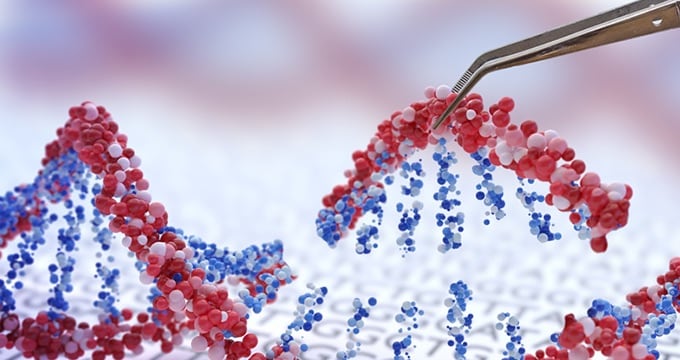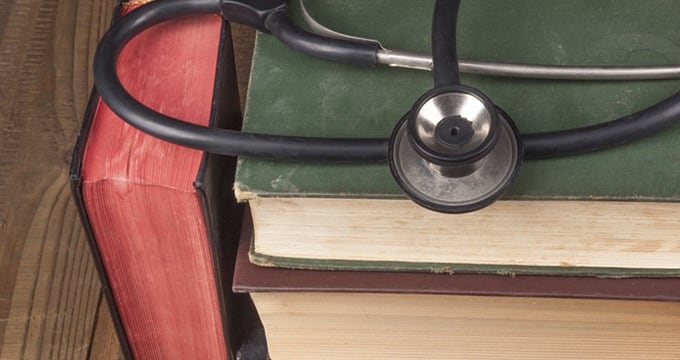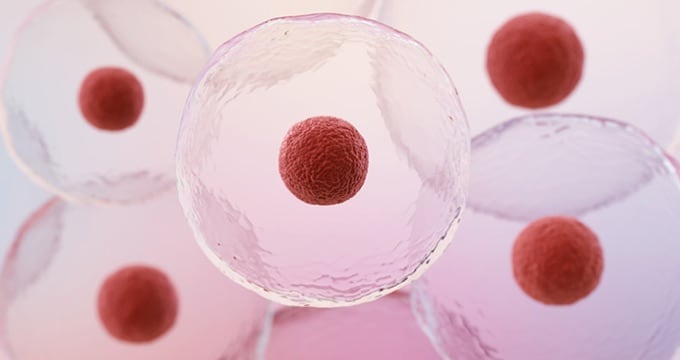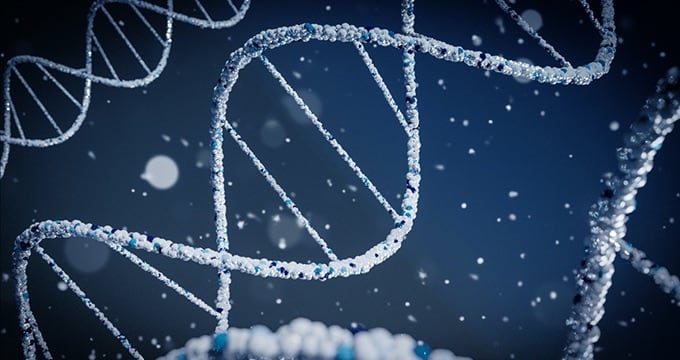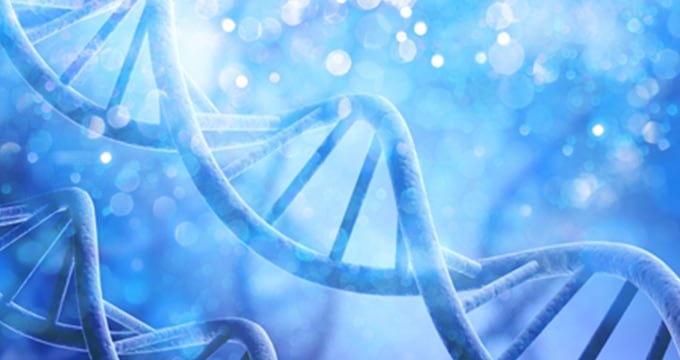Regenerative medicine is a treatment that restores cells, tissues and organs (in some cases, movement of genes) that have been damaged due to injury, disease or congenital issues.
Many people have been coming to have high hopes for regenerative medicine since around 2012 when the professor, Shinya Yamanaka of Kyoto University's iPS Cell Research Institute was awarded the Nobel Prize in Physiology or Medicine.
The use of regenerative medicine may treat and completely cure diseases that had not been cured in the past. It is believed that regenerative medicine could cure many diseases such as neurodegenerative diseases including Alzheimer's disease and Parkinson's disease, spinal cord injuries caused by accidents, cardiac diseases including myocardial infarction and cardiomyopathy and ophthalmological diseases including glaucoma and age-related macular degeneration; therefore, researches in regenerative medicine have been becoming active.
We have explained more details of regenerative medicine in the previous article "What is Regenerative Medicine? “. If you are interested, please check the article.
When did regenerative medicine treatments start? We will tell you how the treatment have been evaluated as a treatment technology.
History of Regenerative Medicine
The origin of regenerative medicine is blood transfusion which has been practiced since the end of the 15th century 1. At that time, there was no concept of blood type. Considering the lifespan of peripheral blood (for example, about 120 days for red blood cells), the effect of a single blood transfusion does not last long. Bone marrow transplantation was established to solve this problem later, and it became a common medical treatment.
Among regenerative medicine treatments, a cell therapy which uses cells to treat diseases began with treatment using blood cells. The treatment of intractable myeloid diseases such as aplastic anemia and leukemia by infusing patients with hematopoietic stem cells has been established since the 1970’s, and it is leading to the current regenerative medicine using bone marrow banks and somatic stem cells. In the 1970s, a new technology was developed. In the technology, not only cells are injected, but also a sheet of tissue is constructed and adapted to the human body. Also, the concept of tissue engineering was proposed around 1993.
Tissue engineering is a technology that combines artificial materials with cells and bioactive substances through the fusion of engineering and life sciences 2. This technology can be used to create products that replace biological functions. This idea is also linked to the current cell sheets. In the late 1990s, researches to use cells with higher differentiation capacity compared to somatic cells progressed, and researches using ES cells became popular after the establishment of human ES cells in 1998.
Since ES cells are created by destroying a fertile ovum, it has been pointed out as an ethical issue, and the use of iPS cells which do not use a fertile ovum have been considered. Currently, researches using various types of cells including ES cells, somatic stem cells and iPS cells have been conducted.
Currently, there are nine regenerative medicine products that have been approved for marketing permission, and the number of the regenerative medicine products is expected to increase in the future.
In recent years, CROs have been increasingly entrusted with the development of regenerative medical products. The members of our Regenerative Medicine Development Department are certified as regenerative medicine specialists. We will continue our efforts to be involved in the development of various regenerative medicine products.
Evaluation of regenerative medicine as a therapeutic technology

You may wonder how this regenerative medicine is evaluated as a current treatment technology.
The development of regenerative medicine differs greatly from that of pharmaceuticals. In Of course, it also includes the development of "usage" in the form of dosage and administration. However, in the end, the most important thing is how much capabilities it has as a product. the development of pharmaceuticals, the main element is to develop them as products. For this reason, we use statistical tests to evaluate the efficacy of treating a large number of patients with a uniform dosage and administration. In a sense, this is a "power of numbers" evaluation.
On the other hand, in the development of regenerative medicine, especially when transplantation is involved, the development of treatment methods is most focused, and regenerative medicine products may be one of the tools. Of course, the evaluation of the product as a "regenerative medicine product" is important, but the technique is also just as important as the power of the product. For example, in the case of regenerative medicine, in which some tissues are transplanted, the quality of the surgical technique may be more important than the power of the tissue as an object. In order to make regenerative medicine widely available, it will be necessary to minimize such differences in the areas other than objects. This includes the development of implantable devices and new surgical techniques.
In addition, the target diseases of regenerative medicine are considered to be rare diseases in many cases. In this case, it is not realistic to show efficacy by statistical tests. Data from a small number of patients must be examined in detail in each case to carefully determine the causal relationship between treatment and outcome. This is similar to examination of the causal relationship between adverse events and treatment in the drug development.
Even in the case of such rare diseases, in order to evaluate the causal relationship between the treatment technique and the outcome and to show that it does not depend on the skill of one particular surgeon, it is necessary to consider conducting clinical trials at multiple medical institutions to prove that the treatment is possible without depending on the skill of one particular doctor.

From Goods to Things
One doctor who is a KOL in regenerative medicine describes the change in methods and ideas from drug development to development of regenerative medicine products as "from goods to things.
As mentioned above, this means that we need to design and develop not only the power as an object but also the entire treatment including the usage and techniques.
Of course, among regenerative medicine products, there are some products that can be called cell medicine or other products that can be treated in a pharmaceutical manner such as gene therapy, and such products require pharmaceutical evaluations. When planning a development strategy, it is important to identify the development method for each treatment method for each product.
Please contact us if you are looking for help to create development strategies for regenerative medicine products.
> contact(This will open in a new window.)
References:
1. Hideyuki Okano Inflammation and Regeneration Vol.24 No.2 MARCH 20044
2. Tissue Engineering Fundamentals and Applications of Tissue Engineering (The University of Nagoya Press)
3. Naoki Hayashi Regenerative Medicine Market - Current Status of the Market and Future Challenges Mitsubishi Research Institute, Inc.

